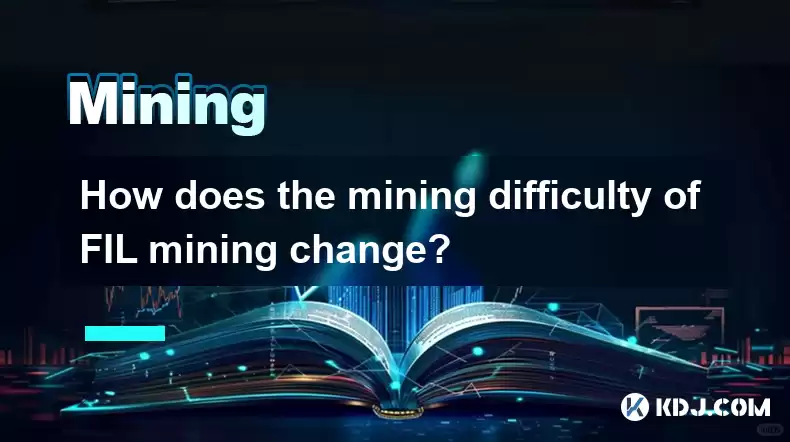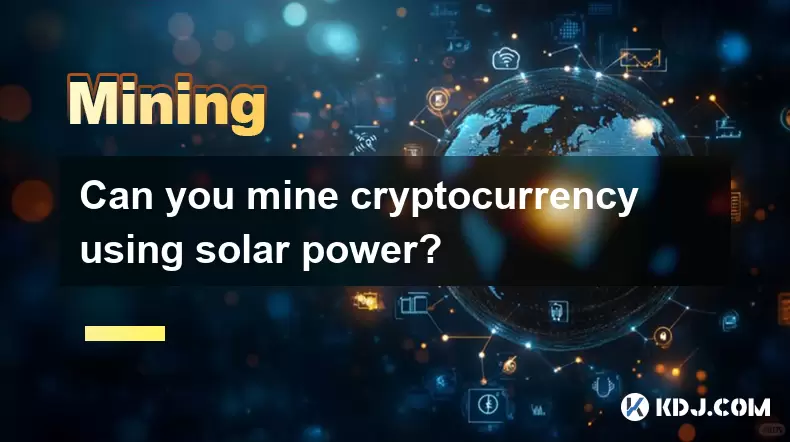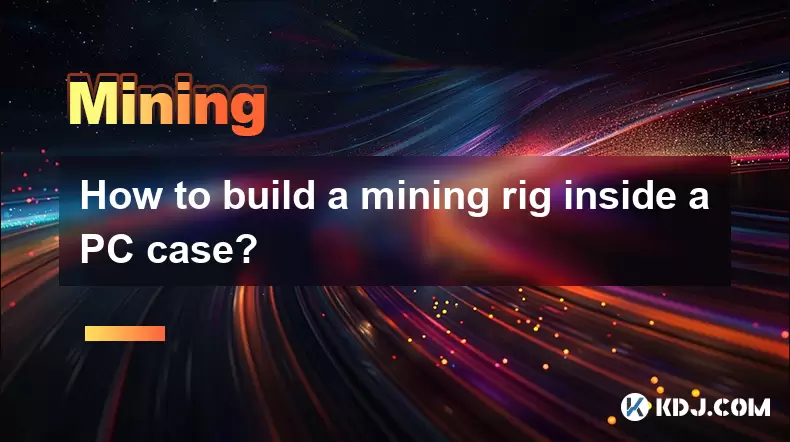-
 Bitcoin
Bitcoin $117500
2.15% -
 Ethereum
Ethereum $3911
6.19% -
 XRP
XRP $3.316
10.79% -
 Tether USDt
Tether USDt $1.000
0.01% -
 BNB
BNB $787.2
2.24% -
 Solana
Solana $175.2
4.15% -
 USDC
USDC $0.9999
0.00% -
 Dogecoin
Dogecoin $0.2225
8.40% -
 TRON
TRON $0.3383
0.28% -
 Cardano
Cardano $0.7868
6.02% -
 Stellar
Stellar $0.4382
9.34% -
 Hyperliquid
Hyperliquid $40.92
7.56% -
 Sui
Sui $3.764
7.63% -
 Chainlink
Chainlink $18.48
10.66% -
 Bitcoin Cash
Bitcoin Cash $582.1
1.88% -
 Hedera
Hedera $0.2601
6.30% -
 Avalanche
Avalanche $23.33
4.94% -
 Ethena USDe
Ethena USDe $1.001
0.02% -
 Litecoin
Litecoin $122.3
2.04% -
 UNUS SED LEO
UNUS SED LEO $8.969
-0.27% -
 Toncoin
Toncoin $3.339
0.86% -
 Shiba Inu
Shiba Inu $0.00001287
4.30% -
 Uniswap
Uniswap $10.43
7.38% -
 Polkadot
Polkadot $3.861
5.08% -
 Dai
Dai $1.000
0.02% -
 Bitget Token
Bitget Token $4.513
3.41% -
 Monero
Monero $267.7
-6.18% -
 Cronos
Cronos $0.1499
4.14% -
 Pepe
Pepe $0.00001110
5.15% -
 Aave
Aave $284.9
8.28%
How does the mining difficulty of FIL mining change?
Filecoin's mining difficulty, adjusted daily, depends primarily on total network storage (PiB), aiming for a 30-second block generation time. Increased storage or miner competition raises difficulty, ensuring network stability.
Mar 11, 2025 at 04:16 pm

Key Points:
- Filecoin's mining difficulty adjusts dynamically based on the network's overall storage power.
- The adjustment aims to maintain a consistent block generation time, around 30 seconds.
- Increased storage power leads to increased difficulty, requiring more computational power to mine.
- Difficulty adjustments happen periodically, typically every 24 hours, based on a complex algorithm.
- Factors beyond storage power, such as miner participation and network health, indirectly influence difficulty.
How Does the Mining Difficulty of FIL Mining Change?
Filecoin (FIL) mining, unlike Bitcoin's Proof-of-Work, relies on a Proof-of-Replication and Proof-of-Spacetime consensus mechanism. This means miners aren't competing to solve complex mathematical problems; instead, they compete by proving they possess and actively maintain a certain amount of verifiable storage. The network's difficulty adjusts to ensure a consistent block generation time, typically targeted around 30 seconds.
The core principle behind the difficulty adjustment is the network's total usable storage capacity. As more miners join the network and contribute storage, the overall storage power increases. This increase necessitates a higher difficulty level to prevent the network from generating blocks too quickly. The algorithm takes into account the total effective storage power of the network, expressed in PiB (petabytes).
The difficulty adjustment itself isn't a simple linear increase. It's a complex calculation involving various factors. The algorithm analyzes the average block generation time over a specific period. If the average block time is significantly shorter than the target (30 seconds), the difficulty increases. Conversely, if the average block time is longer, the difficulty decreases. This mechanism ensures the network maintains its intended pace.
The frequency of these difficulty adjustments is typically daily, or every 24 hours. The exact timing might vary slightly due to network conditions. However, the core principle remains: adjust the difficulty to maintain the target block generation time. The adjustment isn't instantaneous; it's a gradual process to allow miners to adapt.
While the primary factor affecting difficulty is total storage capacity, other aspects indirectly influence it. For example, the number of active miners impacts the competition for block rewards. If many miners are actively participating and competing for blocks, even with constant storage, the effective difficulty might increase due to higher competition.
Network health also plays a role. Periods of high network congestion or instability might temporarily affect block generation times, leading to subsequent difficulty adjustments. These adjustments are aimed at counteracting these fluctuations and maintaining the network's stability. The algorithm is designed to be robust to these external factors, primarily focusing on maintaining the target block time.
Furthermore, the algorithm takes into account the quality of the storage provided by miners. This includes factors such as the availability and responsiveness of the storage. Lower-quality storage might contribute less effectively to the network's total storage power, indirectly impacting the difficulty calculation. The network continuously assesses and weighs the contribution of each miner's storage, ensuring that only verifiable and reliable storage contributes to the difficulty adjustment.
The specific algorithm used for the difficulty adjustment is quite intricate, involving weighted averages, exponential smoothing, and other sophisticated mathematical techniques. These techniques aim to smooth out short-term fluctuations and provide a more stable and predictable difficulty adjustment mechanism. The developers continuously refine the algorithm to improve its accuracy and responsiveness to changes in network conditions.
This complex algorithm is designed to be robust and resistant to manipulation. It takes into account a wide range of factors to ensure a fair and stable mining environment. The transparency of the algorithm is crucial for the trust and security of the Filecoin network.
The implementation of the difficulty adjustment algorithm is crucial for the long-term health and stability of the Filecoin network. By dynamically adjusting the difficulty, the network ensures consistent block generation, preventing both excessive inflation and network congestion.
Frequently Asked Questions:
Q: How often does the FIL mining difficulty adjust?
A: The FIL mining difficulty typically adjusts daily, or every 24 hours, though minor variations may occur depending on network conditions.
Q: What is the primary factor influencing FIL mining difficulty?
A: The primary factor is the total effective storage power (in PiB) of the network. More storage leads to higher difficulty.
Q: Does the number of miners affect the difficulty?
A: While not a direct factor, the number of active miners influences the competition for block rewards, indirectly affecting the effective difficulty. More miners competing for the same storage capacity can lead to a higher effective difficulty.
Q: How does the quality of storage impact mining difficulty?
A: The quality and reliability of storage are factored into the effective storage power calculation. Lower-quality storage contributes less to the overall network storage power, thereby influencing the difficulty adjustment indirectly.
Q: Is the difficulty adjustment algorithm publicly available?
A: The specifics of the algorithm are publicly documented and available for review. The transparency of the algorithm is essential for the trust and security of the Filecoin network. However, the precise mathematical formulas might be complex.
Q: Can miners manipulate the difficulty adjustment?
A: The algorithm is designed to be resistant to manipulation. Its complexity and the decentralized nature of the network make it extremely difficult for any single miner or group to significantly influence the difficulty adjustment.
Disclaimer:info@kdj.com
The information provided is not trading advice. kdj.com does not assume any responsibility for any investments made based on the information provided in this article. Cryptocurrencies are highly volatile and it is highly recommended that you invest with caution after thorough research!
If you believe that the content used on this website infringes your copyright, please contact us immediately (info@kdj.com) and we will delete it promptly.
- Stablecoins, Hong Kong, and On-Chain Finance: Navigating the Regulatory Maze
- 2025-08-08 12:30:12
- Tron's Sell-Off Spurs Altcoin Shift: What's Next for TRX?
- 2025-08-08 08:30:12
- Euler, DeFi, and Coinbase: A New York Minute on the Latest Buzz
- 2025-08-08 12:30:12
- RUVI Presale: Is the Growth Potential Real?
- 2025-08-08 09:10:12
- Sleep Token's US Takeover: Thornhill Rides the 'Even In Arcadia' Wave
- 2025-08-08 08:30:12
- FTT Token's Wild Ride: Creditor Repayments vs. Market Drop - A New Yorker's Take
- 2025-08-08 07:10:12
Related knowledge

What is "proof-of-work" and how does it relate to mining?
Aug 07,2025 at 02:03pm
Understanding the Concept of Proof-of-WorkProof-of-work (PoW) is a consensus mechanism used in blockchain networks to validate transactions and secure...

What are the differences between mining on Windows vs. Linux?
Aug 06,2025 at 11:29pm
Overview of Cryptocurrency Mining PlatformsCryptocurrency mining involves using computational power to solve complex cryptographic puzzles and validat...

How to use an old computer for cryptocurrency mining?
Aug 07,2025 at 12:42pm
Understanding the Feasibility of Using an Old Computer for MiningUsing an old computer for cryptocurrency mining may seem outdated, but it is still te...

Can you mine cryptocurrency using solar power?
Aug 07,2025 at 12:00am
Understanding the Basics of Cryptocurrency MiningCryptocurrency mining involves validating transactions on a blockchain network by solving complex cry...

How to build a mining rig inside a PC case?
Aug 06,2025 at 11:01pm
Understanding the Basics of a Mining Rig in a PC CaseBuilding a mining rig inside a PC case involves transforming a standard computer chassis into a d...

What are the best cryptocurrencies to mine with an ASIC?
Aug 08,2025 at 01:22am
Understanding ASIC Mining and Its Role in CryptocurrencyASIC stands for Application-Specific Integrated Circuit, a specialized hardware designed to pe...

What is "proof-of-work" and how does it relate to mining?
Aug 07,2025 at 02:03pm
Understanding the Concept of Proof-of-WorkProof-of-work (PoW) is a consensus mechanism used in blockchain networks to validate transactions and secure...

What are the differences between mining on Windows vs. Linux?
Aug 06,2025 at 11:29pm
Overview of Cryptocurrency Mining PlatformsCryptocurrency mining involves using computational power to solve complex cryptographic puzzles and validat...

How to use an old computer for cryptocurrency mining?
Aug 07,2025 at 12:42pm
Understanding the Feasibility of Using an Old Computer for MiningUsing an old computer for cryptocurrency mining may seem outdated, but it is still te...

Can you mine cryptocurrency using solar power?
Aug 07,2025 at 12:00am
Understanding the Basics of Cryptocurrency MiningCryptocurrency mining involves validating transactions on a blockchain network by solving complex cry...

How to build a mining rig inside a PC case?
Aug 06,2025 at 11:01pm
Understanding the Basics of a Mining Rig in a PC CaseBuilding a mining rig inside a PC case involves transforming a standard computer chassis into a d...

What are the best cryptocurrencies to mine with an ASIC?
Aug 08,2025 at 01:22am
Understanding ASIC Mining and Its Role in CryptocurrencyASIC stands for Application-Specific Integrated Circuit, a specialized hardware designed to pe...
See all articles

























































































